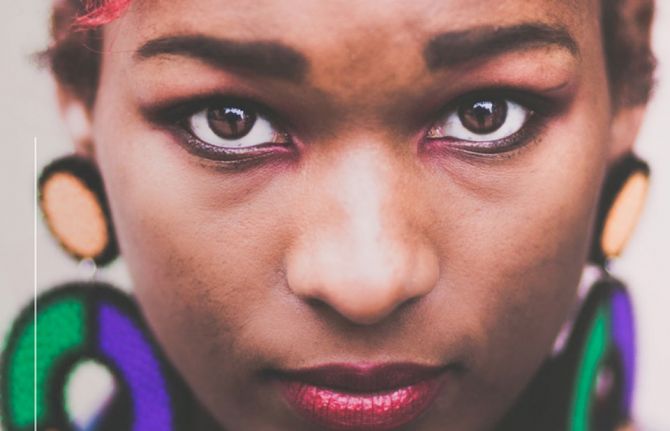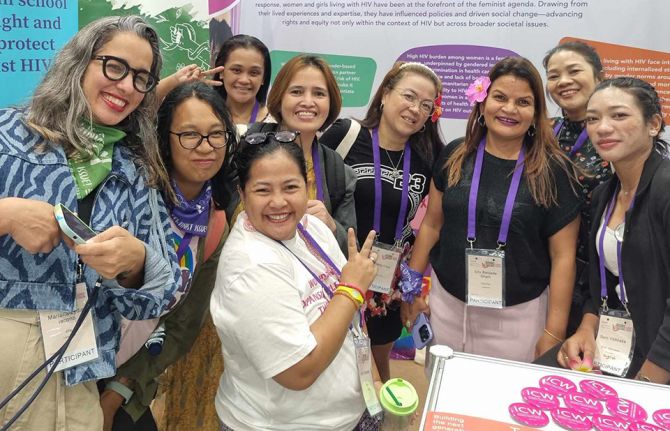

Feature Story
UNAIDS a top-nine gender-responsive organization
08 March 2018
08 March 2018 08 March 2018UNAIDS has emerged as a top performer in the first Global Health 50/50 report.
Global Health 50/50, an initiative that monitors the gender-responsiveness of influential global health organizations, reviewed 140 major organizations working in or influencing global health. According to the new report, UNAIDS is among the top nine health organizations in the world.
Published on 8 March, International Women’s Day, the Global Health 50/50 report was inspired by a growing concern that too few global health organizations define, programme, resource or monitor gender in their work on health or in the workplace. The report aims to show both the challenges and the way forward.
The report shows that UNAIDS has not only policies that address gender, but also concrete and time-bound gender parity targets, as set out in its Gender Action Plan. Under the plan, UNAIDS has seen the proportion of female staff rise, so that women account for 54% of UNAIDS staff. And female leaders in the field are increasing, with women accounting for 48% of UNAIDS country directors, up from 27% in 2013.
“The Global Health 50/50 survey has shown that UNAIDS’ commitment to gender equality is strong. I am resolved to building on our results and achieving all the targets of the UNAIDS Gender Action Plan,” said Michel Sidibé, Executive Director of UNAIDS.
In addition to its commitment to gender equality and its workplace gender policy, UNAIDS was marked highly for having a definition of gender in its public statements, strategies or policies and having a programmatic gender strategy that seeks to improve health for everyone.
UNAIDS has long strived for gender equality and women’s empowerment, both within the UNAIDS Secretariat and elsewhere, and has recently started to review its practices and recommitted to ensuring adherence to them.
Guaranteeing the rights and empowerment of women and girls is not only a moral obligation, but a development imperative and a smart investment that safeguards the health of women and girls. Eliminating gender inequalities is one of the 10 Fast-Track commitments that Member States made at the 2016 United Nations General Assembly High-Level Meeting on Ending AIDS.
UNAIDS
The Joint United Nations Programme on HIV/AIDS (UNAIDS) leads and inspires the world to achieve its shared vision of zero new HIV infections, zero discrimination and zero AIDS-related deaths. UNAIDS unites the efforts of 11 UN organizations—UNHCR, UNICEF, WFP, UNDP, UNFPA, UNODC, UN Women, ILO, UNESCO, WHO and the World Bank—and works closely with global and national partners towards ending the AIDS epidemic by 2030 as part of the Sustainable Development Goals. Learn more at unaids.org and connect with us on Facebook, Twitter, Instagram and YouTube.



